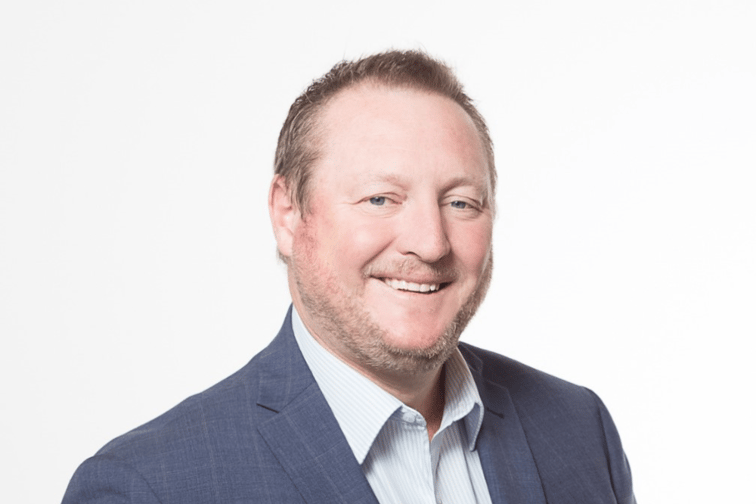

Brokers are increasingly turning to revolving credit products to provide their customers with a reliable spending framework, according to Kristian McCausland, sales director at SME fintech lender Shift.
Since its launch last year, Shift's Equipment Line has garnered significant attention, with brokers initiating more than 70% of transactions through the platform.
Equipment Line offers businesses access to finance for equipment purchases ranging in value from $2,000 to $500,000 in one day, with a total account threshold of up to $1 million – sidestepping the tedious process of submitting applications for each transaction.
The Equipment Line revolving credit facility is live for five years and, so long as clients stay within the credit limits, the customer can transact as much or as little as they want within that period.
“While customers can initiate transactions themselves, the majority of Equipment Line transactions are being initiated by brokers, helping them add more depth to relationships with their customers,” said McCausland (pictured above).
Shift said its revolving credit strategy was designed to give brokers a clear view of how much capital was available to their clients, and provide businesses with a way to control when and how they accessed funds.
“The focus for us has been to save time for the broker so they can maximise the earning opportunity on other things as well, and I think that’s why it’s been so well received in that market,” McCausland said.
One broker who has benefited from Equipment Line is Michael Currie, director of Whisk Finance – a specialist consultancy that helps hospitality business owners find financial solutions.
Currie said Shift made it possible to assist clients wanting “fast, streamlined finance for refurbishments, renovations and fit outs”.
“As a revolving credit facility, not only can clients meet their immediate needs for equipment and fit out, but every repayment increases their available credit for future equipment purchases,” Curry said. “Used in the right way for the right client it adds significant value to the client’s business and strengthens our relationship as a trusted advisor.”
It was the success of Shift’s first revolving credit product launched in 2019, Business Overdraft, which led to the development of Equipment Line, McCausland said. But where Business Overdraft offered cash to small businesses, the need for an asset product focused on equipment quickly became apparent.
“We added the ability for brokers to initiate transactions following feedback on our Equipment Line trial last year, showing that listening to the insights of our network is key to developing financial solutions that work for them and give their customers choice in how they transact,” said McCausland.
“Customers make business decisions on what’s best for them. Sometimes they’ll use cash while sometimes they’ll use the asset product. They work really nicely together in that revolving facility component, and we’ve got a number of customers that have both products with us now.”
The ability for brokers to leverage revolving credit products like Equipment Line is especially timely, with end of financial year looming and many businesses having instant asset write-offs in their sights.
“Equipment Line enables the customer to make all these purchases in advance of the 30th of June without having to apply for every purchase,” McCausland said. “As time comes more critical towards the end of financial year, having that facility in place just opens it up and enables the customer to work at their own pace and get things done.”
While Shift’s range of products has proven popular among brokers with more than 5,000 accessing the platform, the value to small businesses is what drives the fintech.
McCausland said that it was not just about saving small business owners time but freeing up operational cashflow.
“If I’m purchasing multiple computers for $5,000, it’s really hard to get a broker to transact that, so most customers will take it out of their cash flow. What Equipment Line does is enables the customer to not take it out of their operational cash flow, which is really important particularly in this economic environment where things are a bit tougher,” he said.
“You are making decisions around what can I pay off over five years as a business asset versus what do I need to pay out of my own cash flow.”
Equipment Line also has the capacity to do fit-out for commercial projects, allowing the customer to set up a 120-day escrow period.
“If they are doing a premises that’s going to take 90 to 120 days to be developed before it’s operational, they can pay the builder throughout that period and then convert to an asset finance contractor at that time, which means they can open that site and then start generating revenue to pay for that payment,” says McCausland.
“Essentially, they are not having to utilise their own cash flow through that build period, so it doesn’t stress their business.”
Shift’s growth has been rapid since its launch in 2014. Rebranded from GetCapital in 2021, Shift said in March this year that it had provided over $2 billion in financial solutions to Australian businesses, experiencing growth of more than 50% annually for the past three years.
McCausland said there would be further adaptations and opportunities to make their products better as time went on.
“The conversations we have with our brokers are important to get that feedback. If they see an opportunity and it makes sense, we’ll try to make that work.”
